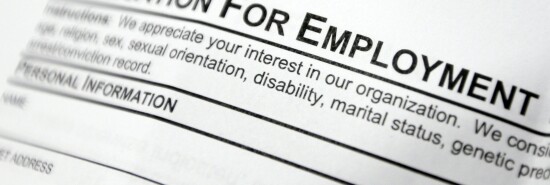
Unemployment will be low forever, but that’s not really great news
Timothy P. Carney
The latest jobs report is absolutely great news. Employers created half a million new jobs last month, which is extraordinary. More Americans are employed today than before the pandemic.
Unemployment is 3.4% which is the lowest rate in the lifetime of most living Americans.
WHY NO ONE TRUSTS THE SCIENTIFIC ESTABLISHMENT — OR THE MEDIA
This is all great news. But here’s the weird part of the news: Unemployment might stay very low for most of the rest of our lives, and yet the 155 million employed Americans might be near the peak the U.S. will ever achieve.
Welcome to the Baby Bust, and to the Baby Boom’s retirement.
Baby Boomers, who were a very large generation, are retiring. Millennials, the children of the Baby Boomers, didn’t have many kids, especially in their 20s. As a result, the number of babies born in the U.S. peaked in 2006 and 2007. Since 2008, the birthrate and the raw number of babies born has dropped nearly every year.
Here’s how this affects the employment situation: The working-age population has flatlined as Boomers retire. In about a year or two, the working-age population will start falling as the Baby Bust turns 15 (which is “working age” in official statistics).
In 2026, high school graduating classes will start shrinking, which means the potential labor force will really start shrinking. And they will shrink every year.
The results: perennial low unemployment, perennial labor shortages, and a stagnating economy.
Consider South Korea, whose birthrate is far lower than ours and whose Baby Bust started earlier. They have perpetually low unemployment, but also a stagnant economy. They simply don’t have enough people to do the work that needs to be done.
That’s where the U.S. is headed. And it has political implications.
CLICK HERE TO READ MORE FROM THE WASHINGTON EXAMINER
For our entire lives, politicians have bragged about “job creation.” They even like making things less efficient (like favoring green energy over fossil fuels) because less efficient means more jobs. Also, politicians attack the other guy’s policies as “job destroying.”
But if we perennially have 3% unemployment, will these brags and attacks still matter? By the 2028 presidential election, our problem will be a rapidly shrinking labor force. Can “job creation” really be part of a winning political agenda in a world where a bunch of old people are hanging around the workforce because there’s not enough young people to do what has to be done?
